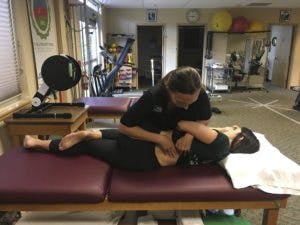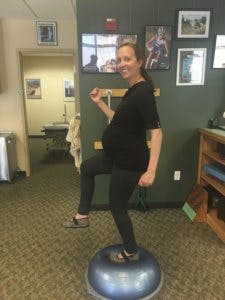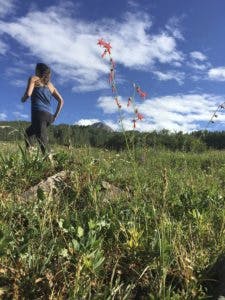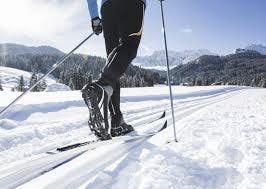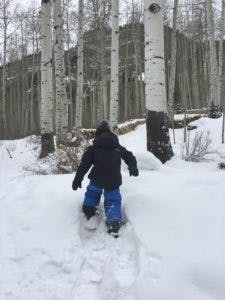CrossFit, or CrossFit-style classes, have gained popularity in the past 10 or so years for a good reasoning: they are challenging, fun, and create camaraderie around strength and health. There are a number of great gyms in the Durango area that provide these kinds of classes, and many of our patients are regular participants. Although I have not yet ever participated in a strength and fitness class like CrossFit, I’ve recently become particularly interested in learning more about these workouts so that I can better serve my patients. I’ve also had a recent string of patients that happen to be pregnant or in their postpartum period, so I was especially excited to partake in a continuing education course called “Clinical Management of the Fitness Athlete: Pregnancy and Potspartum” that focuses on these specific types of patients.

One statistic that came out from a recent study that was shocking to me was that 84% of female CrossFit athletes that participated in the study reported urinary incontinence, otherwise known as leakage.(1) This was in comparison to another group of women who participated in non-CrossFit fitness classes of which only 48% reported urinary incontinence.(1) This leakage was most common with jumping and weightlifting actions, which of course are very common staples of CrossFit workouts.(1) This also makes me wonder about all of the other Durango athletes I see that do jumping or weightlifting as part of their exercise routine whether or not they are participating in CrossFit style classes. How many women might be out there that are leaking when they do activity that just think it is a “normal” part of life, especially after pregnancy, labor, & delivery?!?
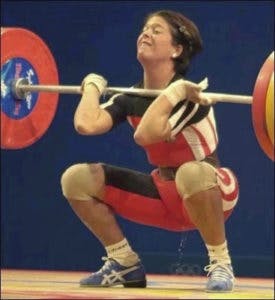
The big takeaway from the course that I took is that, although it may be common, urinary incontinence is certainly not normal, and there are many tools that physical therapists can use to help you with this problem if you are experiencing it! Also, even as a physical therapist that is not certified in pelvic floor therapy that includes internal examination and treatment, there are a lot of assessments and treatments that I can do to address this problem as well as guide patients that are pregnant or postpartum through their exercise programs in order to continue being active as safely as possible given the stage they are in along their journey. Of course, check in with your physician or midwife to ensure you are cleared for exercise both during pregnancy and postpartum. If you’ve been cleared for exercise and you are not sure how to best navigate activity and exercise during and after pregnancy (even many years after pregnancy!), don’t hesitate to schedule an evaluation appointment to figure out the optimal treatment plan for you. Babies are always welcome at appointments if childcare is a challenge for you, too!
1. Elks W, Jaramillo-Huff A, et al. The Stress Urinary Incontinence in CrossFit (SUCCeSS) Study. Female Pelvic Med Reconstr Surg. 2020 Feb;26(2):101-106.

